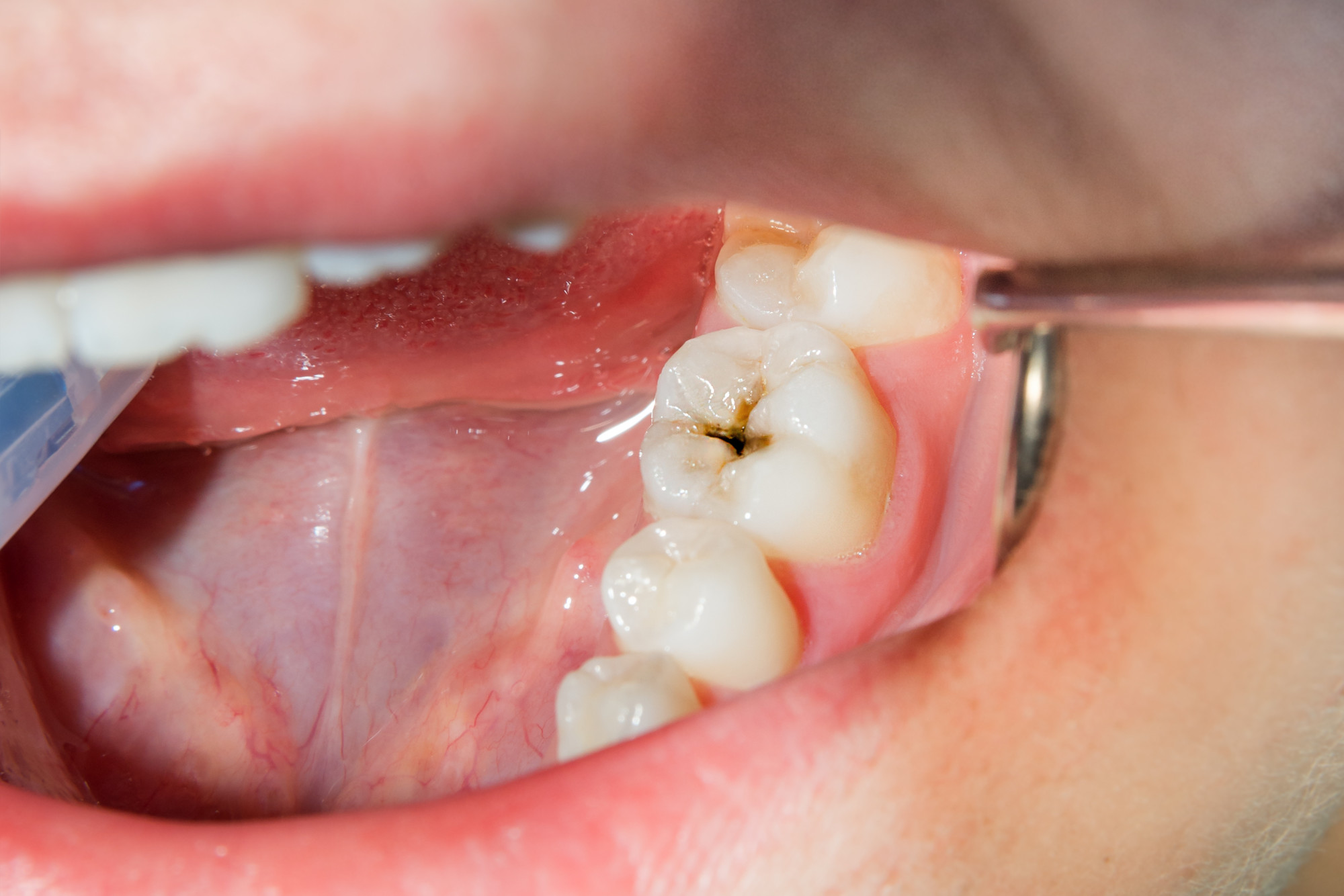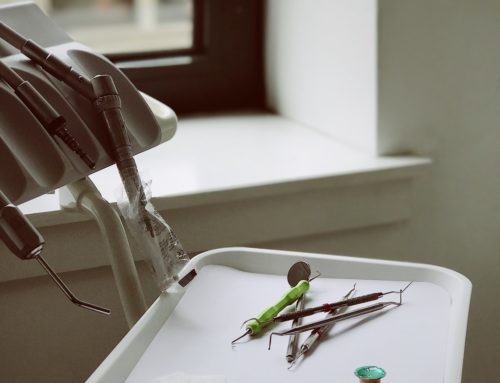Around 91% of Americans have cavities, and over 25% of them haven’t sought treatment for them.
Are you one of these Americans? Then you may be putting your health at risk. Untreated, cavities can lead to bigger problems, such as root canals and infections.
We understand that making an appointment at the dentist’s office can be scary, but it’s vital you go in as soon as you have a toothache. By catching issues early, you can avoid more complicated cavity treatments.
In this article, you’ll learn about the different kinds of cavities, the treatments used, and how to prevent cavities from forming.
What a Cavity Is
By definition, a “cavity” is a hole in something; in this case, your teeth. This happens when your oral bacteria get to mix with sugars and carbohydrates in the foods and drinks you consume. This interaction eats away at your teeth, which causes tiny holes.
This is why it’s so important to brush your teeth! When you brush your teeth after consuming food or drinks, you get rid of the leftover sugars and carbohydrates. That way, your oral bacteria don’t have anything to mix with.
Types of Cavities
When it comes to cavities, there are actually three different types: root, pit and fissure, and smooth surface. We’ll discuss each one in detail below.
Root
As the name suggests, root cavities occur on the roots of your teeth. You’ll see this in adult teeth more than children’s teeth since there’s more of a chance that the gum’s not healthy (recession or disorders).
Once your gums are recessed, you have more of a chance of getting root cavities. If you suspect you have one, schedule a dentist appointment right away; root cavities can get serious quickly since there’s not much protective enamel around that part of the tooth.
Pit and Fissure
Pit and fissure cavities usually occur in your molars. Dentists see this kind of cavity a lot since food can easily become stuck in the teeth you use to chew. If you don’t brush well (or at all), all the debris can collect and cause tooth decay.
Smooth Surface
Smooth surface cavities usually strike the sides of your teeth. This is the least common type of cavity. If you don’t practice good oral hygiene and let plaque build up on the sides of your teeth, you can develop this kind of cavity.
Cavity Treatments
Now that you know the three types of cavities, here are the appropriate cavity treatments available to you, based on the types.
Root
Your dentist will drill away any traces of tooth decay and then fill in the hole with a filling. If it’s more serious, you’ll have to get root canal therapy to save your pulp. With a very large root cavity, you may even need a crown to take care of the damage.
Pit and Fissure
If you’ve made a dental appointment in time, you won’t need fillings. Instead, your dentist can apply fluoride or sealants to treat the decay.
For more advanced pit and fissure cavities, they’ll have to remove the decay and give you fillings; in worst-case scenarios, you might need a root canal and/or crown.
For children, there’s a pain-free way to deal with pit and fissure cavities. Dentists can apply sealants on the molars so food doesn’t get stuck there. If you’re an adult that tends to get this type of cavity, you can have this treatment done on you as well.
Smooth Surface
This type of cavity is the least common and doesn’t require much in way of treatment. Usually, fluoride will stop the cavity from progressing and eating its way through smooth-surface enamel. Because of this, you probably won’t need any treatment besides using products with fluoride in them to combat this problem.
However, if you’ve managed to go long enough without getting your smooth surface cavity treated and it’s penetrated the enamel, you’ll need to get a filling.
How to Prevent Cavities
Reading about the types of cavities and cavity treatments, it may have scared you. However, you’ll be relieved to know that you can prevent cavities from forming by following some simple guidelines.
Brush Regularly
It goes without saying that you need to brush your teeth regularly. Use an electric toothbrush and spend two minutes brushing, twice a day. Allow for around 30 seconds for each quadrant of your mouth so every nook and cranny gets properly cleaned.
Also, use a fluoride toothpaste. As you’ve seen above, fluoride can fight against most cavities. It can also strengthen your teeth so they can fight future cavities better.
Floss After Every Meal
You might be able to get away with not flossing, but we recommend you do so after every meal. The bacteria in your mouth love to feed on your leftover food; remove that threat by flossing your teeth whenever you have anything to eat, especially if a lot of food got stuck in your teeth. Not only will it reduce your chances of cavities, but it’ll also feel better to not have particles stuck all over.
Go for Regular Dental Checkups
We recommend that you go for dental checkups twice a year; your personal dentist will be able to assess your situation and tell you if you need to go more or less often. Whatever they decide, make sure to follow their instructions since it’s for optimal dental health.
By regularly seeing your dentist, you can catch cavities early on and get them treated without drastic measures.
Keep Your Teeth Healthy
The best action to take when it comes to avoiding cavities is to continually keep your teeth healthy. By following the steps to preventing them, you’ll save yourself the anguish and anxiety of going through cavity treatments.
When you take care of your teeth, not only will you keep them pearly white, but you’ll help your body’s overall health as well.
Do you think you have a cavity that needs to be treated? Then make an appointment with us today.




